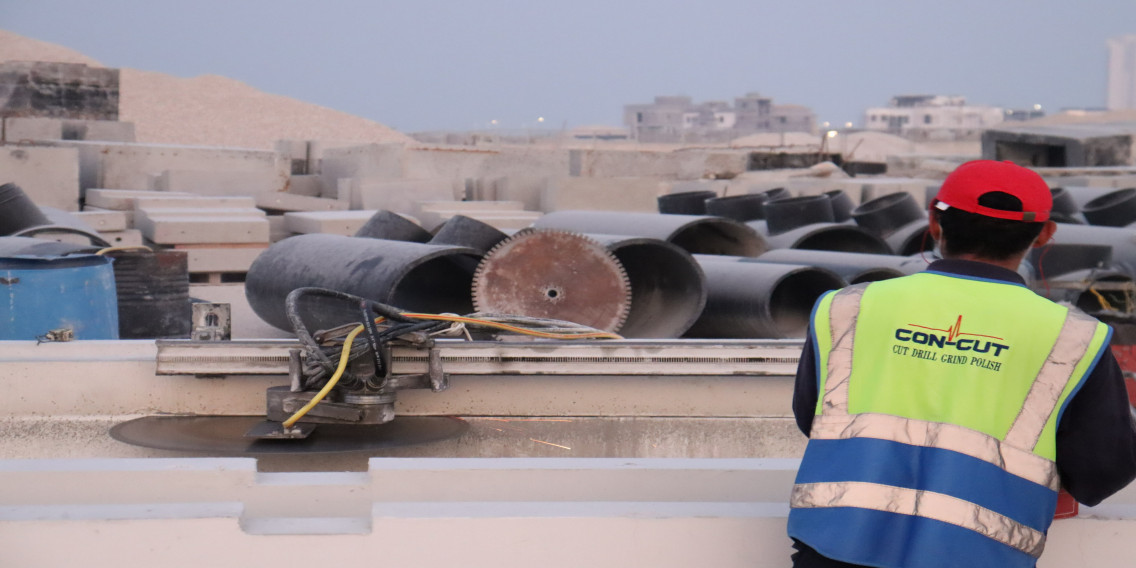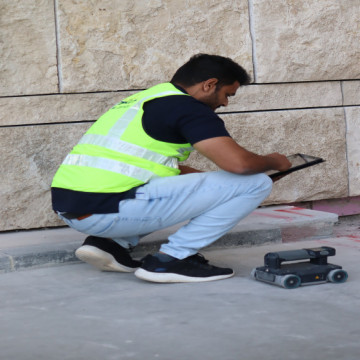Advanced Concrete Cutting—When A Saw By Itself Just Won’t Cut It
“Should I rent the saw and cut the slab myself? That would save time and money…How hard can it be?”
A few contractors have fared well with DIY concrete saw-cutting, usually because the slab they cut had absolutely no obstructions in it. Or they could have been lucky. But for those who are not sure what lies beneath the surface, the job will require more than beginner’s luck. It will require a plan. Consider these three questions before assuming your slab is clear.
Are there power cables in the slab? Power lines are not always clearly found. and, at times, their depths may vary. Sawing through a power line holds the potential for injury, lost time, and costly repairs.
Does the slab contain post-tension cable? If so, this must be located first. POST-TENSIONING is:
…a form of prestressing. Prestressing simply means that the steel is stressed (pulled or tensioned) before the concrete has to support the service loads. Most precast, prestressed concrete is actually pre-tensioned-the steel is pulled before the concrete is poured.
Contractors produce this stress on the cables by intertwining them and winding them to fit the desired shape before they pour the concrete (picture a rubber band being wound at both ends in opposite directions). Should a saw or a drill bit touch one of those cables, all of the tension will be released. The slab and anything near it will be the unfortunate recipient of the UNWINDING.
Does anyone have as-builts or photos of the site before the concrete was poured? PT cable and power lines may not be the only obstructions in the slab. Sewer vents, water lines, and other various items have been known to find their way into a concrete slab pour. The only way to ensure a proper cut is with requisite research and planning.
There is a tool which can help contractors if they are unsure of one or all three questions above: Ground Penetrating Radar. GPR uses the same principle as Sonar or X-Ray. It emits an electro-magnetic impulse into the concrete and that impulse bounces off material that is denser than the concrete around it. This “echo” bounce returns to the antenna, which images the finding on a computer screen. The obstruction’s location is then recorded on the concrete with marker or paint. The markings are literally right above the findings!
Though GPR operates under the same principle as the other methods, its output far outweighs them. GPR’s accuracy is unrivaled. All findings are within a quarter-inch to the left or the right of their surface markings. Similarly, they are within a half-inch on depth. Also, the GPR technician produces these markings in real-time. They are not post-processed in a lab onto film, driven back to the job site, and then recorded.
Should you desire this additional help with ADVANCED CONCRETE CUTTING, Look for the firm with the concrete cutting equipment, experience, and GPR: Concut Concrete Cutting. CONTACT US today to see how we can save you time and money by utilizing GPR.




